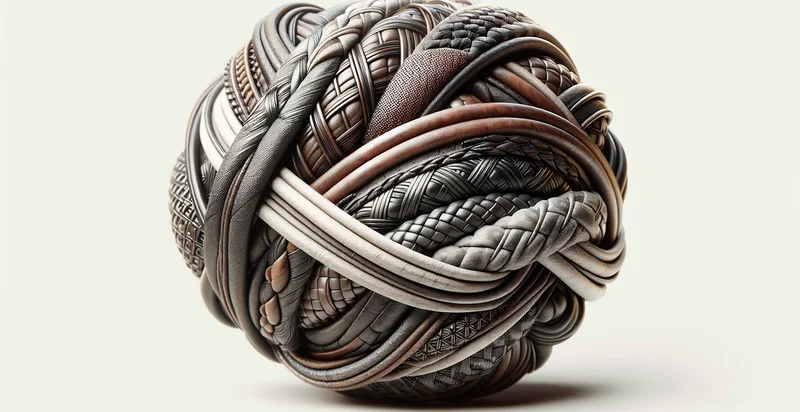Identify what material a stool is made from
using AI
Below is a free classifier to identify what material a stool is made from. Just upload your image, and our AI will predict what material a stool is made from - in just seconds.

Contact us for API access
Or, use Nyckel to build highly-accurate custom classifiers in just minutes. No PhD required.
Get started
import nyckel
credentials = nyckel.Credentials("YOUR_CLIENT_ID", "YOUR_CLIENT_SECRET")
nyckel.invoke("what-material-a-stool-is-made-from", "your_image_url", credentials)
fetch('https://www.nyckel.com/v1/functions/what-material-a-stool-is-made-from/invoke', {
method: 'POST',
headers: {
'Authorization': 'Bearer ' + 'YOUR_BEARER_TOKEN',
'Content-Type': 'application/json',
},
body: JSON.stringify(
{"data": "your_image_url"}
)
})
.then(response => response.json())
.then(data => console.log(data));
curl -X POST \
-H "Content-Type: application/json" \
-H "Authorization: Bearer YOUR_BEARER_TOKEN" \
-d '{"data": "your_image_url"}' \
https://www.nyckel.com/v1/functions/what-material-a-stool-is-made-from/invoke
How this classifier works
To start, upload your image. Our AI tool will then predict what material a stool is made from.
This pretrained image model uses a Nyckel-created dataset and has 20 labels, including Acrylic, Bamboo, Cane, Ceramic, Concrete, Fabric, Fiberglass, Foam, Glass and Leather.
We'll also show a confidence score (the higher the number, the more confident the AI model is around what material a stool is made from).
Whether you're just curious or building what material a stool is made from detection into your application, we hope our classifier proves helpful.
Related Classifiers
Need to identify what material a stool is made from at scale?
Get API or Zapier access to this classifier for free. It's perfect for:
- Retail Inventory Management: This functionality can help retailers efficiently manage their inventory by automatically identifying the materials used in stools. By categorizing items based on material type, retailers can optimize stock levels, reduce inventory discrepancies, and streamline supplier communications.
- E-commerce Product Listings: E-commerce platforms can integrate this image classification function to enhance product listings by providing accurate material descriptions. This feature allows customers to filter products based on preferred materials, improving the shopping experience and potentially increasing sales.
- Quality Assurance in Manufacturing: Manufacturers can utilize this image classification tool during the quality control process to ensure that products are made from specified materials. By automatically verifying material compliance, companies can reduce errors and improve product consistency.
- Sustainability Reporting: Businesses focused on sustainability can use this function to track and report their materials more accurately. By identifying material types in stool products, organizations can better assess their environmental impact and contribute to sustainability initiatives.
- Custom Furniture Design: Interior designers and custom furniture makers can leverage this function to identify stool materials during the design phase. This ensures that selected materials align with aesthetic and functional requirements, facilitating better client satisfaction through informed design choices.
- Market Research and Analysis: Market analysts can use the classification tool to gather data on material trends in the furniture industry. By analyzing the popularity of various materials used in stools, businesses can make informed decisions on product development and marketing strategies.
- Fraud Detection in Second-Hand Goods: Online resale platforms can incorporate this function to help verify the authenticity of stool materials in second-hand listings. This aids in minimizing fraud by ensuring that sellers accurately represent the materials used, enhancing buyer confidence and satisfaction.


